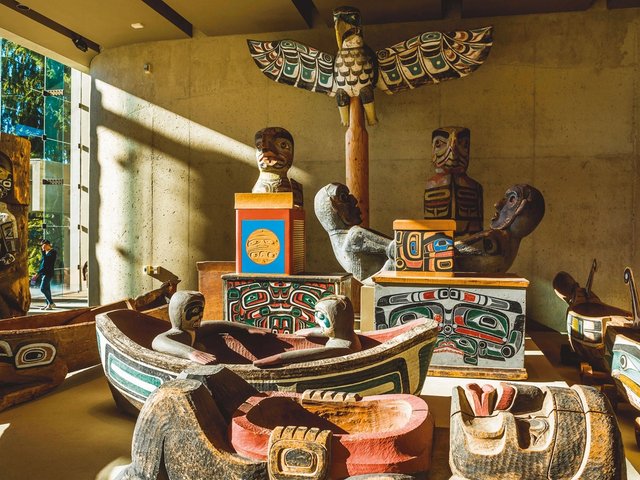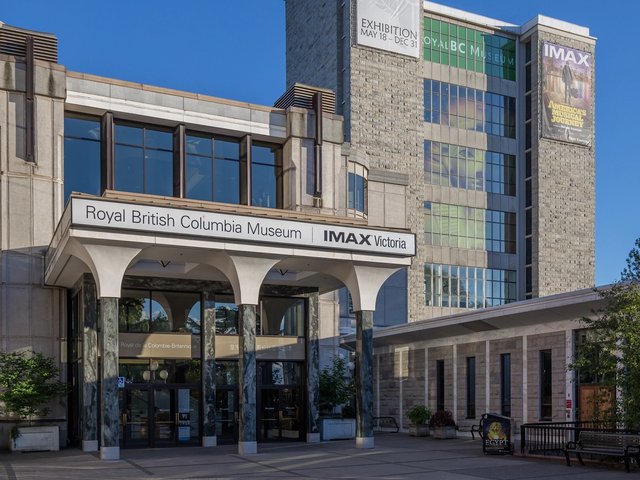The Canadian province of British Columbia has dedicated C$2m in funding to establish a First Nations department and repatriation programme at the Royal British Columbia Museum in Victoria to help First Nations in the province recover their cultural heritage—including religious items and ancestral remains—scattered in museums across the world.
British Columbia has the most diverse group of Aboriginal peoples of any province in Canada, with 203 First Nations and 34 languages and 61 dialects spoken. The premier Christy Clark, who announced the news last week at the annual Cabinet-First Nations Leaders Gathering in Vancouver, called the initiative “an opportunity to reflect on our shared history and right past wrongs” in a statement.
“This is a huge step for museums in Canada,” says Jack Lohman, the chief executive of the Royal BC museum, who is overseeing the project. “It enables repatriation to intensify—it’s [already] happening—but it allows it to increase both nationally and internationally.” The initiative aims to support First Nations in the process of repatriating items with both financial resources and a platform for sharing knowledge, with the First Nations leading the way. “It’s not a policy that’s developed in a vacuum,” Lohman says. The museum has signed a memorandum of understanding with the First Peoples’ Cultural Council and also plans to work with the Canadian Museums Association to share repatriation experiences with institutions in other provinces, and has also teamed up with the Truth and Reconciliation Commission.
The initiative seeks the repatriation of objects both in Canadian museums and abroad—a process that can use guidelines such as the Icom code of ethics, but ultimately often depends on the “goodwill” of institutions, Lohman says. “There have been some very high-profile returns,” Lohman adds, pointing to the repatriation of a G’psgolox totem pole to the Haisla Nation from Stockholm’s Museum of Ethnography in 2006. He explains that the Royal BC Museum will act as a sort of “secretariat” for the repatriation process—for instance, helping to coordinate travel to museums to examine objects.
To kick off the initiative, the museum plans to hold a summit in early 2017 for the different groups involved to share their experience in the repatriation process. Details are forthcoming, but Lohman says they are “working quite fast”. Monday, 12 September, the museum posted openings for two new positions, the head of First Nations and repatriation and a repatriation specialist.
The First Nations department and repatriation programme is a timely venture, given the 150th anniversary of Canada in 2017 and the emphasis placed on reconciliation with indigenous peoples. “The Heiltsuk believe that the repatriation of our sacred treasures from museums is an integral part of reconciliation,” Marilyn Slett, the chief of the Heiltsuk Nation, explained in a statement. “Our elders have told us that our treasures must be returned to our community in order for community healing to continue. We look forward to establishing a strong relationship with the Royal BC Museum to continue the process of having our treasures returned home.”



